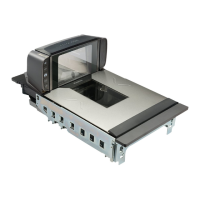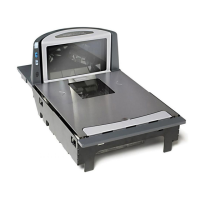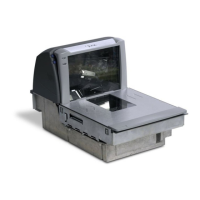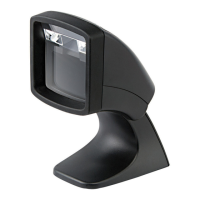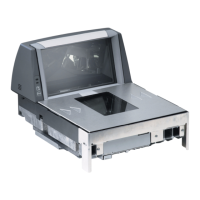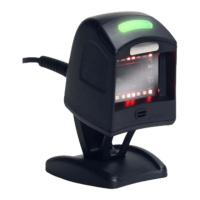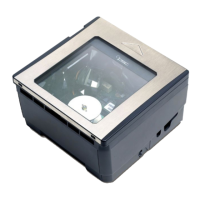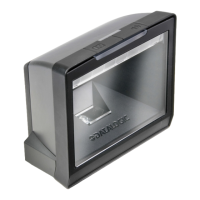Calibration Verification (Kilograms)
Product Reference Guide
91
Decreasing-Load Test
This test ensures that the scanner/scale responds properly when a heavy object
is followed by a significantly smaller object.
Return to Zero Test
This test ensures that, after all other tests have been completed successfully,
the scanner/scale returns to zero. Without any weight on the weigh platter, ver
-
ify that the scale reads 0.000 kg.
You have completed the calibration and verification process for weighing in
kilograms.
If the scanner/scale passes all these tests:
1. Remove the weigh platter, install the calibration switch cover and install a
seal (if required).
2. Reinstall the weigh platter.
If the scale fails any of these tests, turn to Section 5, Problem Isolation and fol-
low the troubleshooting procedures for Scale Failures.
NOTE
If the upper weight limit for your scale is not set at 15 kilograms, begin by placing
weight equaling your upper limit plus 0.8 kilograms.
SINGLE INTERVAL DUAL INTERVAL
1. Place weights that total 15.8 kilograms. 1. Place weights that total 15.8 kilograms.
2. Remove weights to leave 10 kilograms
on the scale and verify that the display
shows between 9.995 and 10.005 kilo
-
grams.
2. Remove weights to leave 10 kilograms on
the scale and verify that the display shows
between 9.995 and 10.005 kilograms.
3. Remove an additional 9.00 kilograms
from the scale and check that the scale
reads 1.000 kg.
3. Remove an additional 4 kilograms from the
scale and check that the scale reads
between 5.998 and 6.005 kg.
4. You have completed the Decreasing
Load Test.
4. Remove an additional 2 kilograms from the
scale and check that the scale reads
between 3.998 and 4.002 kg.
5. Remove an additional 3 kilograms from the
scale and check that the scale reads 1 kg.
6. You have completed the Decreasing Load
Test.
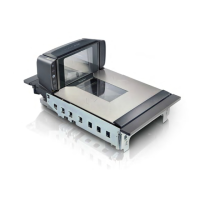
